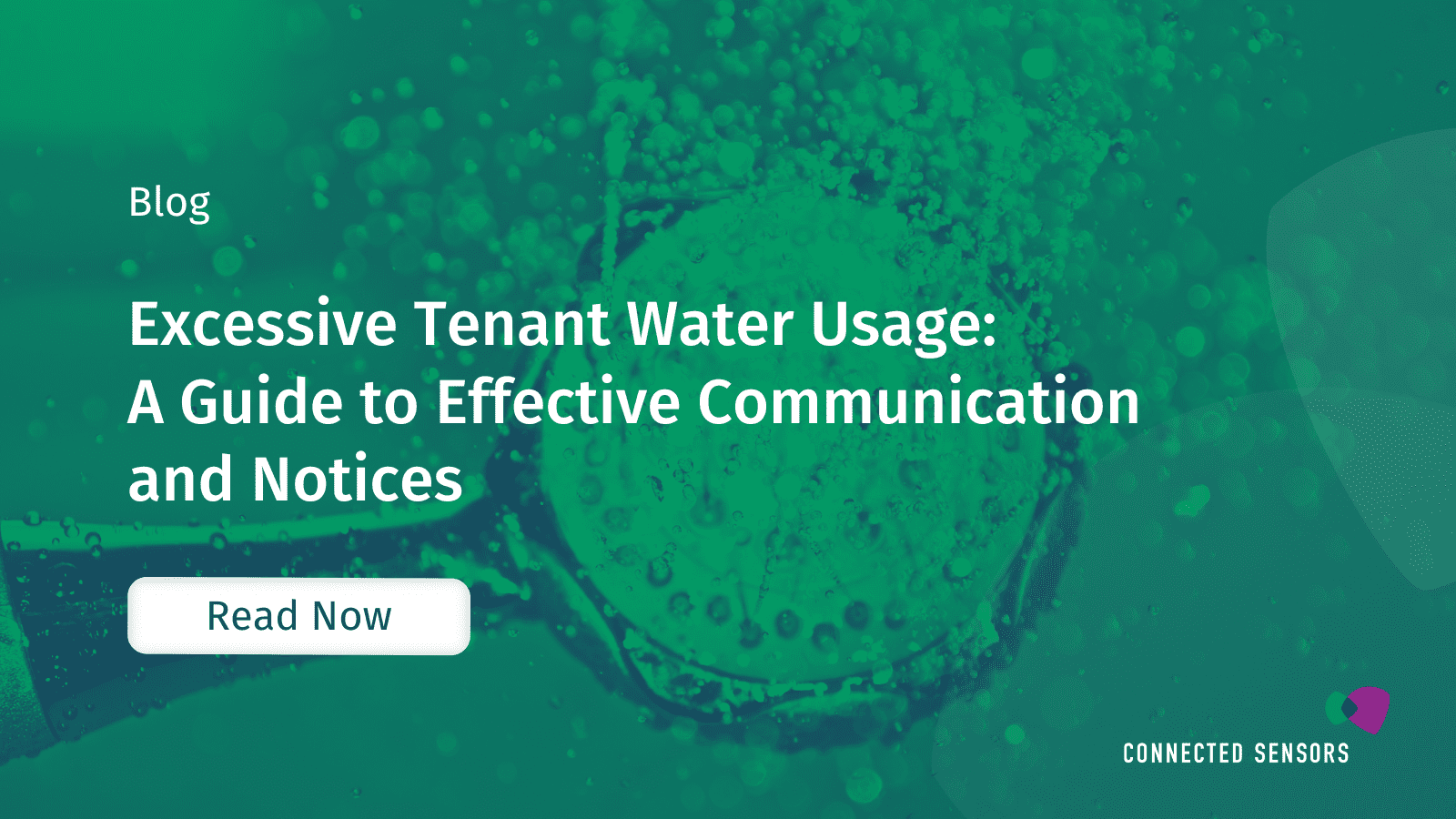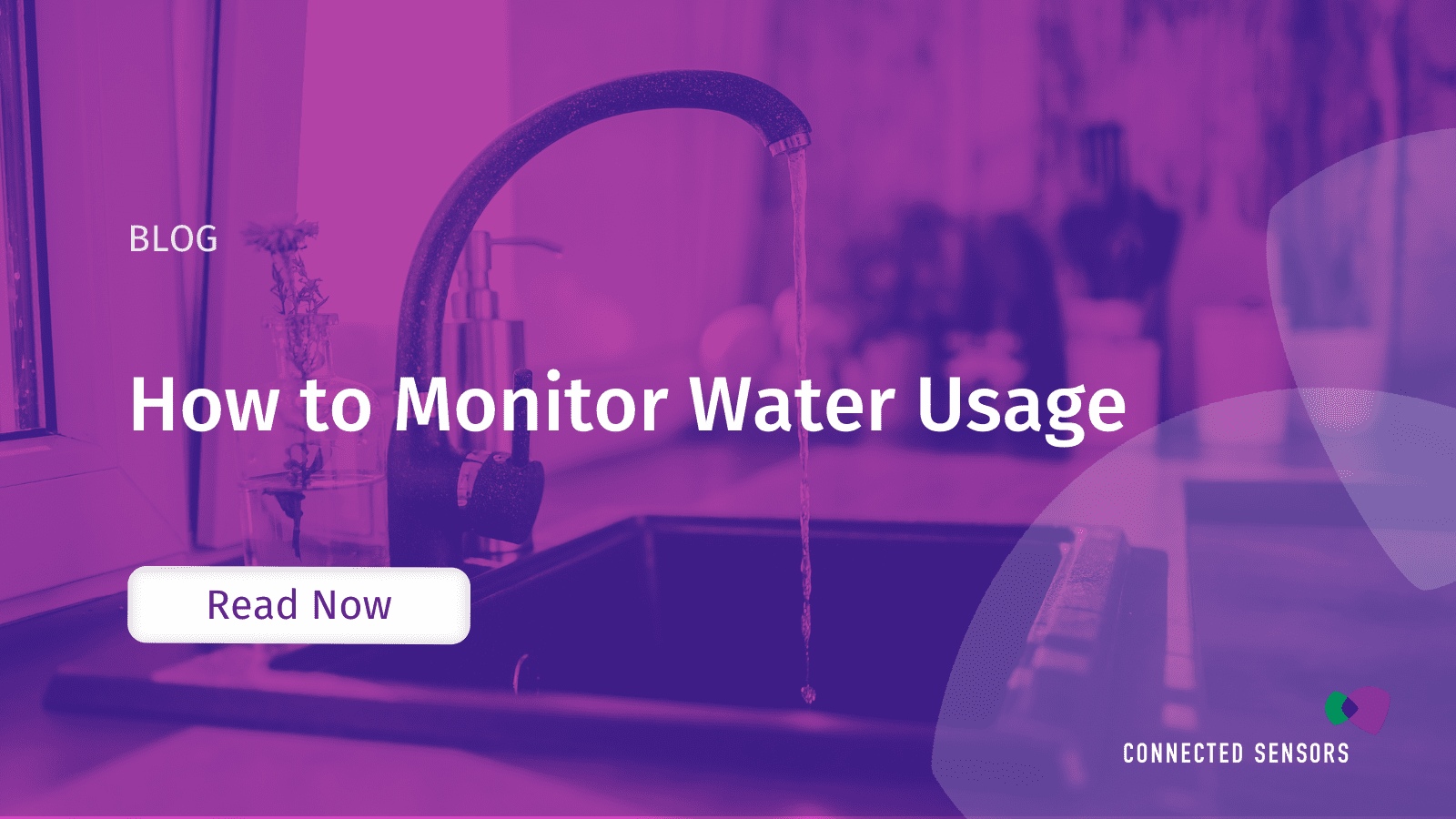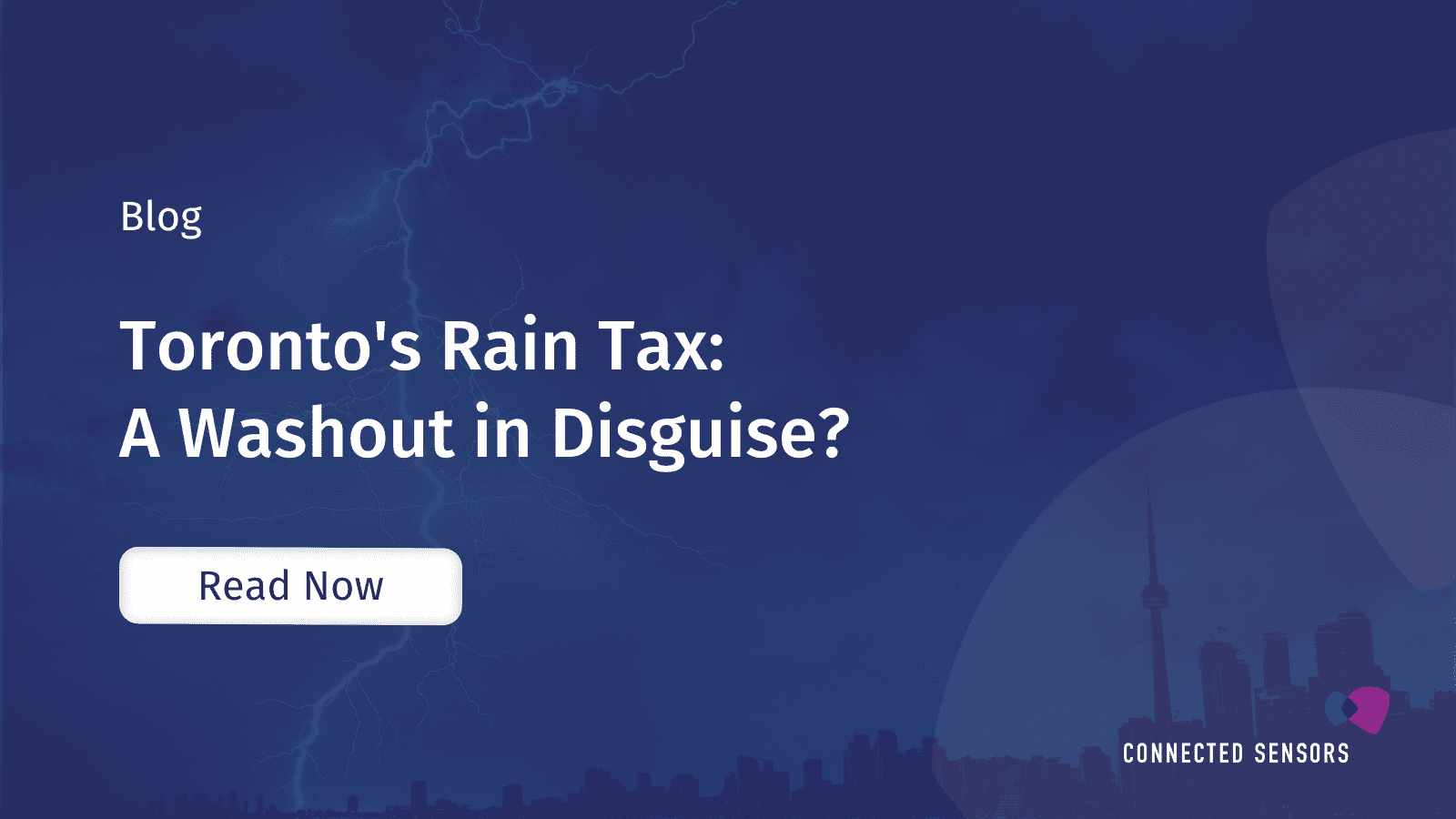





According to the Environmental Protection Agency (EPA), the average American household uses more than 300 gallons of water daily. However, the convenience of turning on a tap and having water flow freely may not be a luxury that future generations can take for granted. Beyond our borders, clean water shortages rank among the most pressing humanitarian issues worldwide.
In this blog, we delve into the critical need for water conservation and explore a range of water saving devices that can impact a household’s budget and the global water crisis. It’s a journey that underscores the undeniable truth: saving every drop matters now more than ever.
Tenants can enjoy immediate financial benefits by using water saving devices in their homes. These devices help reduce water consumption, lowering monthly water bills. Saving water also translates to less energy being used to heat water, lowering utility costs.
Using water saving devices demonstrates a commitment to environmental sustainability. Tenants can take pride in knowing that they contribute to conserving a precious natural resource and reducing their carbon footprint.
Water saving devices, such as low-flow showerheads and faucets, can reduce the wear and tear on water-using appliances like water heaters and washing machines. This can extend the lifespan of these appliances and save tenants money on repair and replacement costs.
Many modern water saving devices are designed to provide a comfortable and efficient experience. For example, low-flow showerheads can provide a satisfying shower using less water, and dual-flush toilets offer water saving and powerful flush options.
Landlords who invest in water saving devices can increase the value of their rental properties. Potential tenants are often attracted to buildings with eco-friendly features, which can translate into higher rental income and property resale value.
Water saving devices can help reduce the risk of plumbing issues and water damage in rental properties. This means fewer emergency repair calls and lower maintenance costs for landlords.
Landlords who prioritize water conservation and sustainability can build a positive reputation within their community. This can increase tenant retention and referrals, as environmentally conscious tenants are likelier to recommend such properties to others.
Many regions have adopted green building standards that require water saving devices in new constructions. Landlords who comply with these standards can access tax incentives, rebates, and other financial benefits.
Landlords can also enjoy lower water bills by installing water saving devices in their rental properties, directly impacting their operating expenses. Over time, these savings can add up significantly.
Low-flow showerheads are designed to reduce water usage without compromising the shower experience. They achieve this by limiting the water flow rate, typically to 2.5 gallons per minute (GPM) or less. This means you can still enjoy a satisfying shower using significantly less water. Switching from a traditional showerhead to a low-flow model can save up to 50% of the water typically consumed during a shower.
Faucet aerators are small attachments that mix air with the water flowing from your faucet. This process creates a consistent, high-pressure stream of water while using less water overall. Faucet aerators are easy to install and can be used with most standard faucets. They can save up to 30% of water compared to regular faucets while maintaining adequate water flow for various tasks like handwashing and dishwashing.
Dual-flush toilets are a smart innovation in water conservation. These toilets have two flush options: a low-volume flush for liquid waste and a high-volume flush for solid waste. By selecting the appropriate flush option, users can significantly reduce water usage. Dual-flush toilets can reduce water consumption by 50% or more than traditional toilets.
Smart irrigation systems are a boon for landlords with rental properties with gardens, lawns, or landscaping. These systems use weather data, soil moisture levels, and specific plant requirements to optimize watering schedules. By delivering the right amount of water at the right time, smart irrigation systems can conserve water and promote healthy plant growth. This not only saves water but also reduces water bills and maintenance costs.
Leak detection devices are essential for both tenants and landlords. They continuously monitor water usage and can detect abnormal water flow patterns that may indicate a leak. These devices can send alerts via smartphone apps or other notifications when a potential leak is detected. Early detection of leaks allows for prompt repairs, preventing water wastage and costly water damage.
Water flow sensors are similar to leak detection devices but focus on monitoring water flow through plumbing systems. They can provide real-time data on water consumption and can be used to identify unusual or excessive water use. These sensors are valuable for tenants and landlords interested in understanding their water usage patterns and potentially detecting leaks.
Automatic shut-off valves can be installed at water outlets, such as sinks or showers. They have timers that automatically turn off the water after a preset period of inactivity. This prevents wasteful water flow when faucets or showers are accidentally left running, contributing to water conservation and reducing utility bills.
Pressure-reducing valves (PRVs) are installed in plumbing systems to lower the water pressure to a safe and efficient level. High water pressure can lead to increased water consumption, pipe damage, and leaks. PRVs help maintain optimal pressure, preventing water waste and potential plumbing issues.
A toilet tank bank is a simple and inexpensive device that reduces the amount of water used per flush. It is typically a bag filled with water or other materials that displaces some of the water in the toilet tank. This reduces the volume of water used during each flush, promoting water conservation without compromising flushing efficiency.
Water saving devices offer numerous benefits to both tenants and landlords. Tenants can enjoy lower utility bills, environmental consciousness, and improved comfort, while landlords can increase property value, reduce maintenance costs, and enhance their reputation. By investing in water saving devices and promoting water conservation, tenants and landlords can contribute to a sustainable future while reaping the financial and environmental rewards. It’s a win-win situation for everyone involved.
© 2023 All rights reserved